Vite前端开发与构建工具
开发环境中,vite无需打包,可快速的冷启动
真正的按需编译,不需要等待整个应用编译完成
一个开发服务器,它基于原生ES模块 提供了丰富的内建功能,速度快模块热更新(HMR)
一套构建指令,它使用Rollup打包代码,并且它是预配置的,可输出用于生产环境的高度优化过的静态资源。
Vue3 与 Vue2区别
Vue2 使用 Options API 而 Vue3 使用的 Composition API
TypeScript
在应用中对类型判断的定义和使用有很强的表现。同一对象的多个键返回值必须通过定义对应的接口(interface)来进行类型定义。要不然在 ESLint 时都会报错
使用Vite创建脚手架
注意:Vite 需要 Node.js 版本 >= 12.0.0
1、创建项目文件夹,例如:想在workSpace文件下创建 my-vue-app,则先进入workplace文件夹,再打开cmd,运行一下命令
# npm 6.x
npm init vite@latest my-vue-app --template vue
# npm 7+, 需要额外的双横线:
npm init vite@latest my-vue-app -- --template vue2、选择Vue
3、选择TypeScript

4、完成后可以看到项目文件夹(my-vue-app),然后根据指令,进入文件夹,安装依赖,运行项目
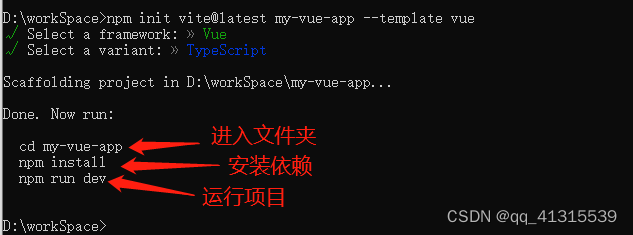
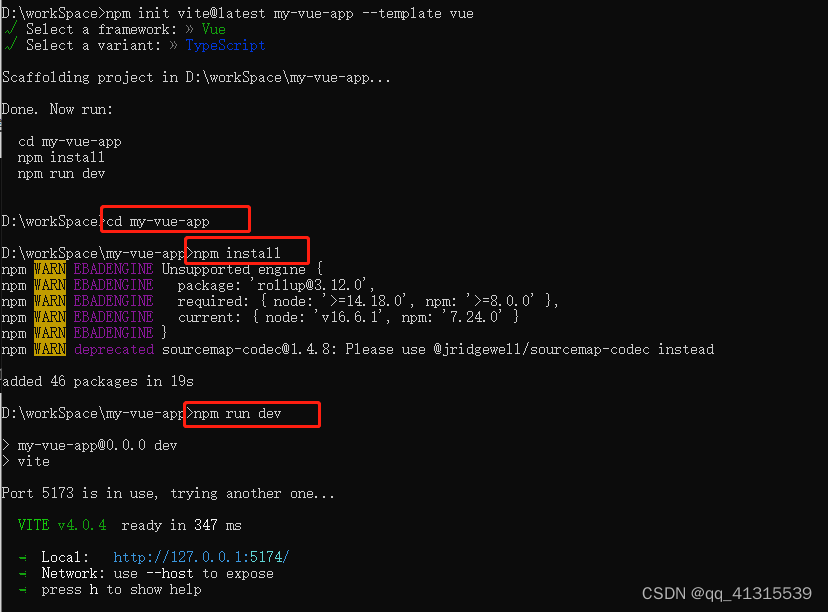
完成后效果

配置文件引用别名 alias
修改 vite.config.ts 文件配置(此时:会报错 path 未定义,接下来定义path)
import { defineConfig } from 'vite'
import vue from '@vitejs/plugin-vue'
import path from 'path'
// https://vitejs.dev/config/
export default defineConfig({
plugins: [vue()],
// 配置文件引用别名 alias
resolve: {
alias: {
'@': path.resolve(__dirname, 'src'),
},
},
})定义path,修改tsconfig.json
{
"compilerOptions": {
"target": "ESNext",
"useDefineForClassFields": true,
"module": "ESNext",
"moduleResolution": "Node",
"strict": true,
"jsx": "preserve",
"resolveJsonModule": true,
"isolatedModules": true,
"esModuleInterop": true,
"lib": ["ESNext", "DOM"],
"skipLibCheck": true,
"noEmit": true,
"baseUrl": ".",
"paths": {
"@/*":["src/*"] // 未设置 "baseUrl" 时,不允许使用非相对路径。是否忘记了前导 "./",所以添加一个baseUrl
}
},
"include": ["src/**/*.ts", "src/**/*.d.ts", "src/**/*.tsx", "src/**/*.vue"],
"references": [{ "path": "./tsconfig.node.json" }]
}安装css处理器插件scss
npm install sass-loader sass webpack --save-dev
或yarn add sass-loader --dev
npm i dart-sass
或yarn add dart-sass --dev
npm i npm-sass
或yarn add sass --dev
配置全局scss样式(在src/assets 下创建style 文件夹,用于存放全局样式文件,创建main.scss文件,用于测试)
$test-color: rgb(255, 0, 60);在组件 HelloWorld.vue文件中 添加测试元素与绑定测试样式
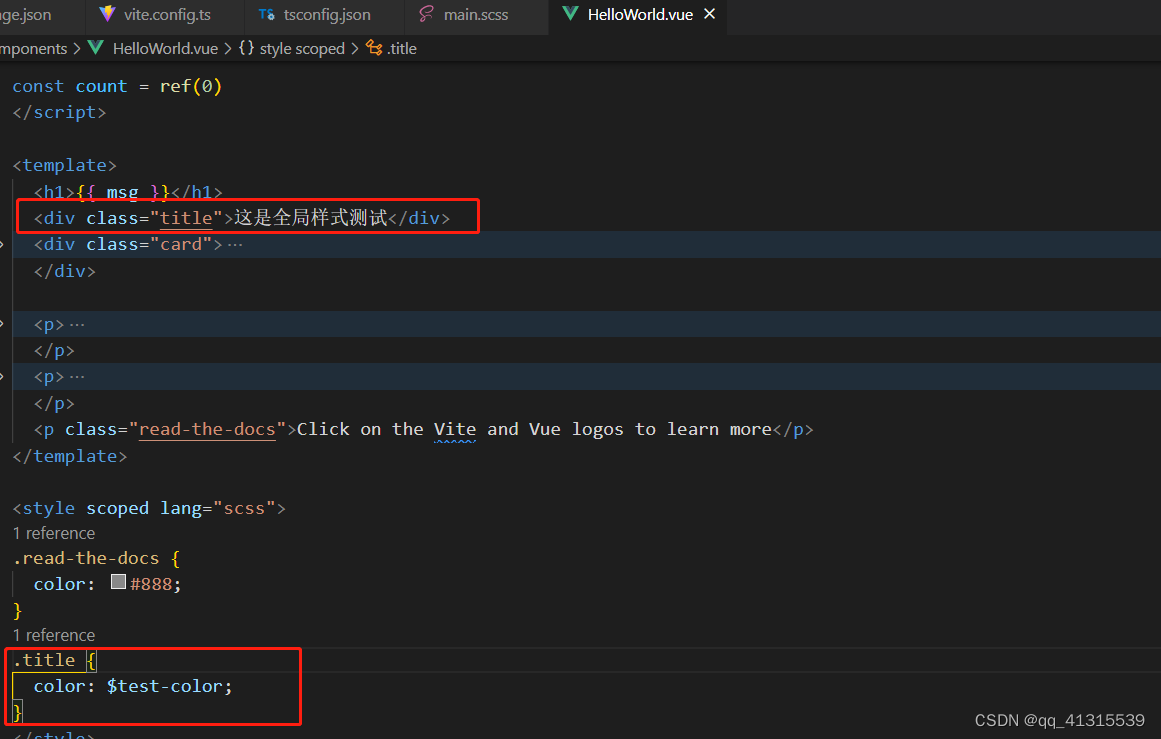
仅仅这样会编译报错,还需要在vite.config.ts 中增加 全局样式配置
// 全局配置 样式变量
css:{
preprocessorOptions:{
scss:{
additionalData:'@import "@/assets/style/main.scss";'
}
}
},完整配置如下图
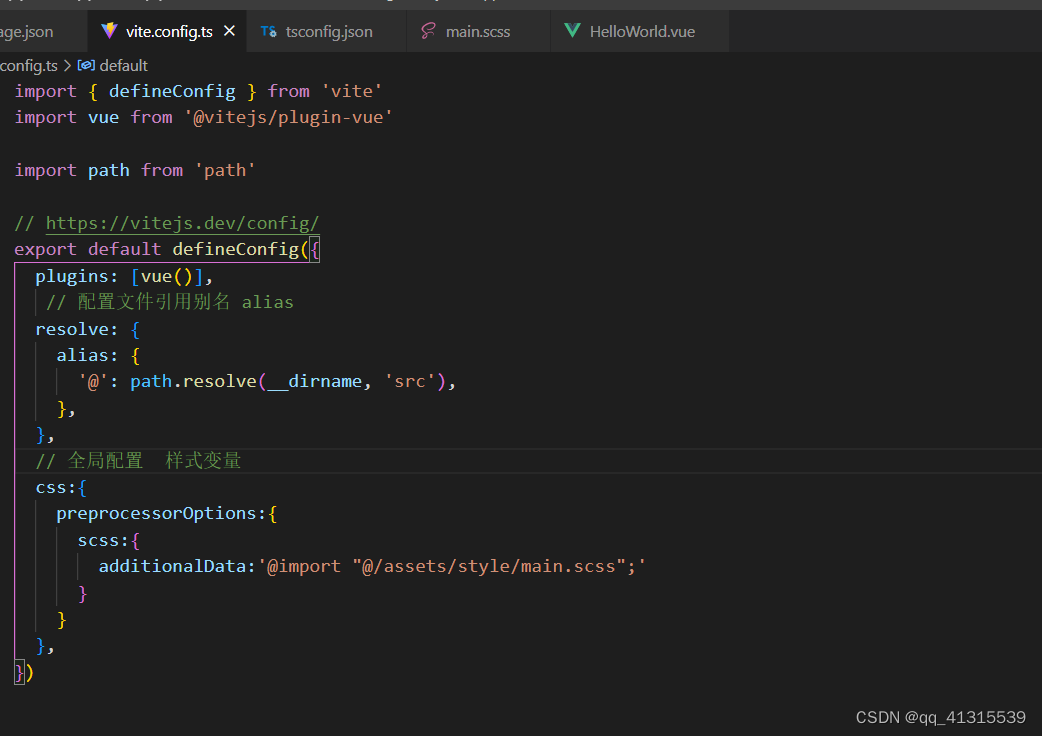
效果图片

安装路由 vue-router
npm i vue-router
yarn add vue-router@4在src 文件夹下 创建 router 文件夹 -》并新建router.ts 文件,文件内容如下
import { createRouter, createWebHistory, RouteRecordRaw } from 'vue-router';
const routes: RouteRecordRaw[] = [
{
path: '/home',
name: 'home',
component: () => import('@/views/Home/index.vue'), //可能问题1 注意这里要带上 文件后缀.vue
},
{
path: '/',
name: 'helloWorld',
component: () => import('@/components/HelloWorld.vue'), //可能问题1 注意这里要带上 文件后缀.vue
},
{
path: '/helloWorld',
name: 'helloWorld',
component: () => import('@/components/HelloWorld.vue'), //可能问题1 注意这里要带上 文件后缀.vue
},
];
const router = createRouter({
history: createWebHistory(),
routes,
});
export default router;新建页面:在src 文件夹下创建 views文件夹-》创建 home 文件夹-》创建 index.vue 文件,文件内容如下
<template>
<h1>这是 home 页</h1>
<router-link :to="{path:'/helloWorld'}">跳转到helloWord(router-link)</router-link>
<br/>
<button @click="goHelloWordPage">跳转到 helloWord(js_function)</button>
</template>
<script setup lang="ts">
import {useRouter} from 'vue-router'
// 2. 调用useRouter函数
const $r = useRouter();
const goHelloWordPage = () =>{
$r.push("helloWorld")
}
</script>在入口文件main.ts 中 配置路由
import { createApp } from 'vue'
import './style.css'
import App from './App.vue'
import router from '@/router/router'
const app = createApp(App)
app.use(router)
app.mount('#app')
//createApp(App).mount('#app')注意:配置完成后发现 浏览器地址栏:http://127.0.0.1:5174/home 无法跳转,需要在App.vue中配置路由容器,原有的template 替换为 一下内容
<template>
<!-- <h1>这是 主容器</h1> -->
<router-view></router-view>
</template>状态管理 Pinia
安装
npm i pinia
yarn add pinia@next在main.ts 中注册 pinia
// 导入组件
import { createPinia } from "pinia"
# 创建根存储库并将其传递给应用程序
app.use(createPinia())
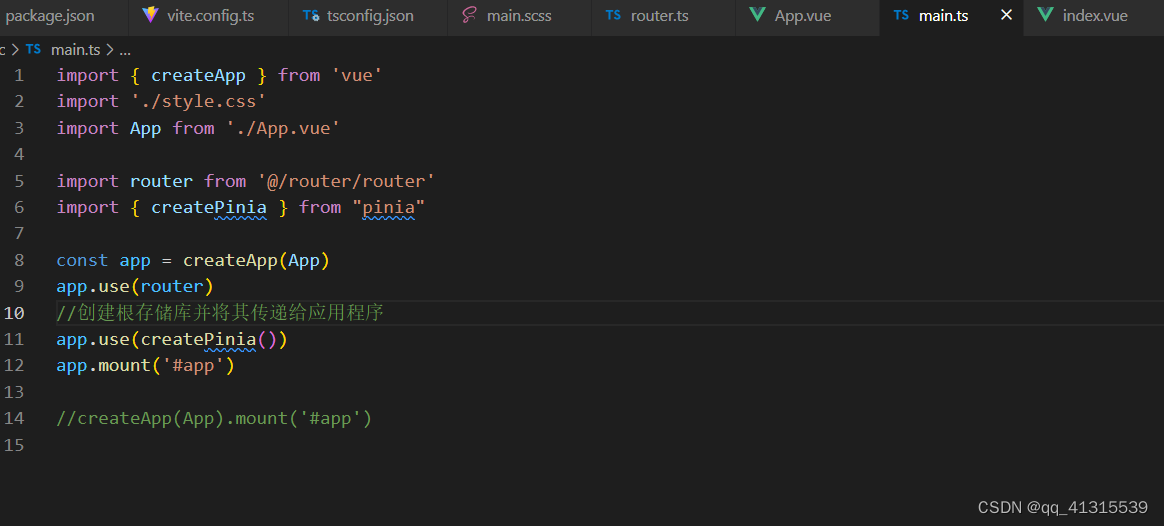
定义状态:在src文件夹下 创建store文件夹-》创建main.ts文件,文件内容如下
import { defineStore } from 'pinia'
export const useMainStore = defineStore({
id: 'main',
state: () =>({
name: '群主'
}),
getters: {
nameLength: (state) => state.name.length,
}
})组件中使用与修改:
<template>
<div>这是状态管理Pinia:{{ mainStore.name }}<br />长度:{{ mainStore.nameLength }}</div>
<button @click="updateName">修改 store 中的 name</button>
</template>
<script setup lang="ts">
import { useMainStore } from "@/store/main";
const mainStore = useMainStore()
const updateName = () => {
// $patch 修改 store 中的数据
mainStore.$patch({
name: "名称被修改了,nameLength也随之改变了",
});
};
</script>
例如在 home->index.vue 中使用
<template>
<h1>这是 home 页</h1>
<router-link :to="{path:'/helloWorld'}">跳转到helloWord(router-link)</router-link>
<br/>
<button @click="goHelloWordPage">跳转到 helloWord(js_function)</button>
<br/>
<div>这是状态管理Pinia:{{ mainStore.name }}<br />长度:{{ mainStore.nameLength }}</div>
<button @click="updateName">修改 store 中的 name</button>
</template>
<script setup lang="ts">
import {useRouter} from 'vue-router'
import { useMainStore } from "@/store/main";
const mainStore = useMainStore()
const updateName = () => {
// $patch 修改 store 中的数据
mainStore.$patch({
name: "名称被修改了,nameLength也随之改变了",
});
};
// 2. 调用useRouter函数
const $r = useRouter();
const goHelloWordPage = () =>{
$r.push("helloWorld")
}
</script>环境变量配置
vite提供了开发模式(development)和生产模式(product)
项目根目录创建开发环境 .enc.dev 文件,文件内容如下
NODE_ENV=development
VITE_APP_WEB_URL= 'https://www.baidu.com'项目根目录创建生产环境 .enc.prod 文件,文件内容如下
NODE_ENV=production
VITE_APP_WEB_URL='https://www.goole.com' 使用:在views->home->index.vue 中 添加
<template>
<p>当前环境:{{ env.NODE_ENV }}</p>
</template>
<script setup lang="ts">
const env = import.meta.env
</script>最后修改 pacakge.json 生效
"scripts": {
"dev": "vite --mode dev",
"dev:prod": "vite --mode prod",
"build": "vue-tsc && vite build",
"build:dev": "vue-tsc --noEmit && vite build --mode dev",
"build:uat": "vue-tsc --noEmit && vite build --mode uat",
"build:prod": "vue-tsc --noEmit && vite build --mode prod",
"preview": "vite preview"
},启动项目时:
npm run dev
npm run dev:prod
不同的启动方式,环境变量值不同




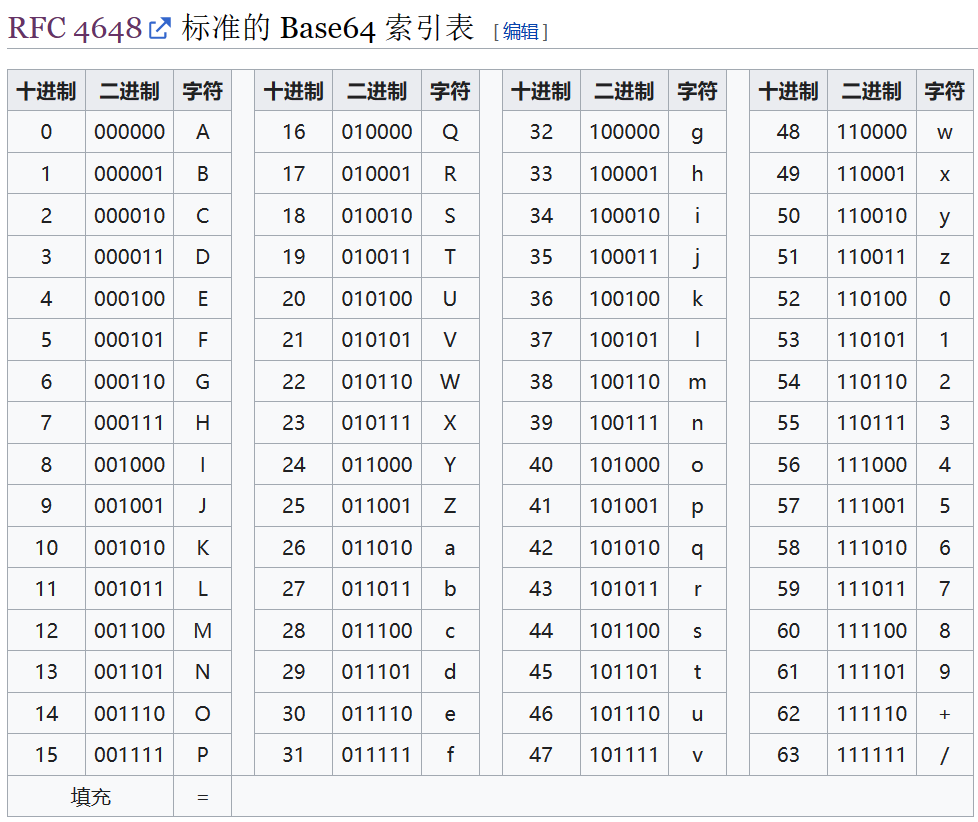




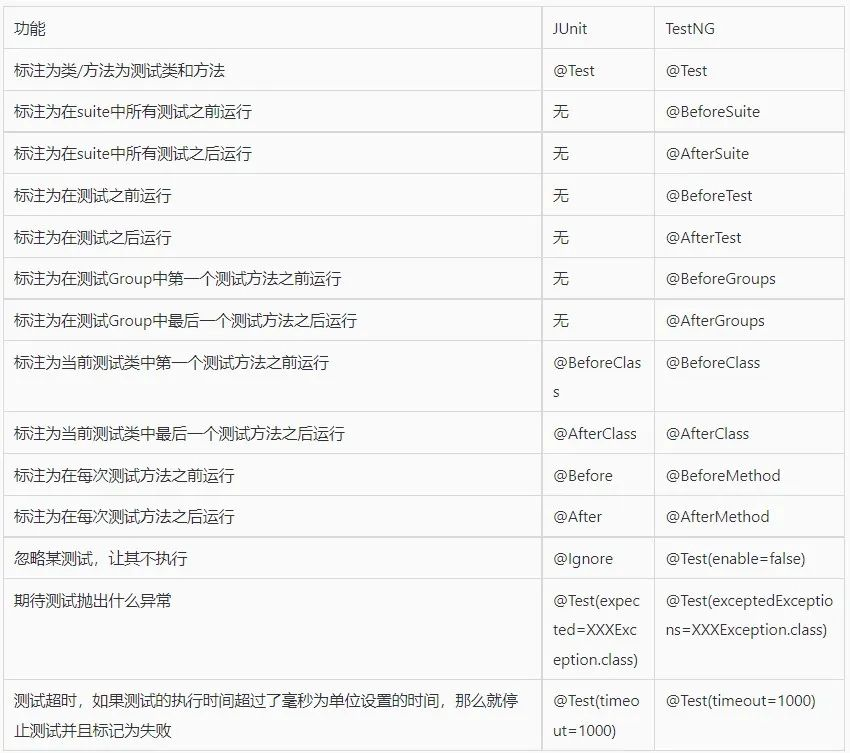
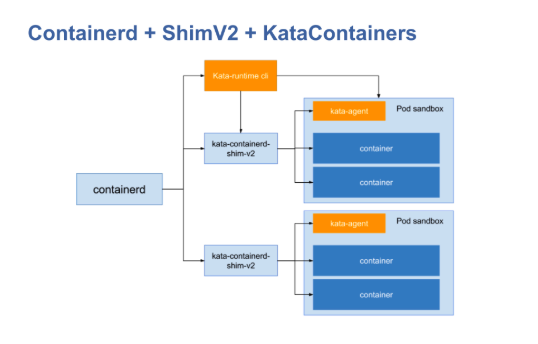




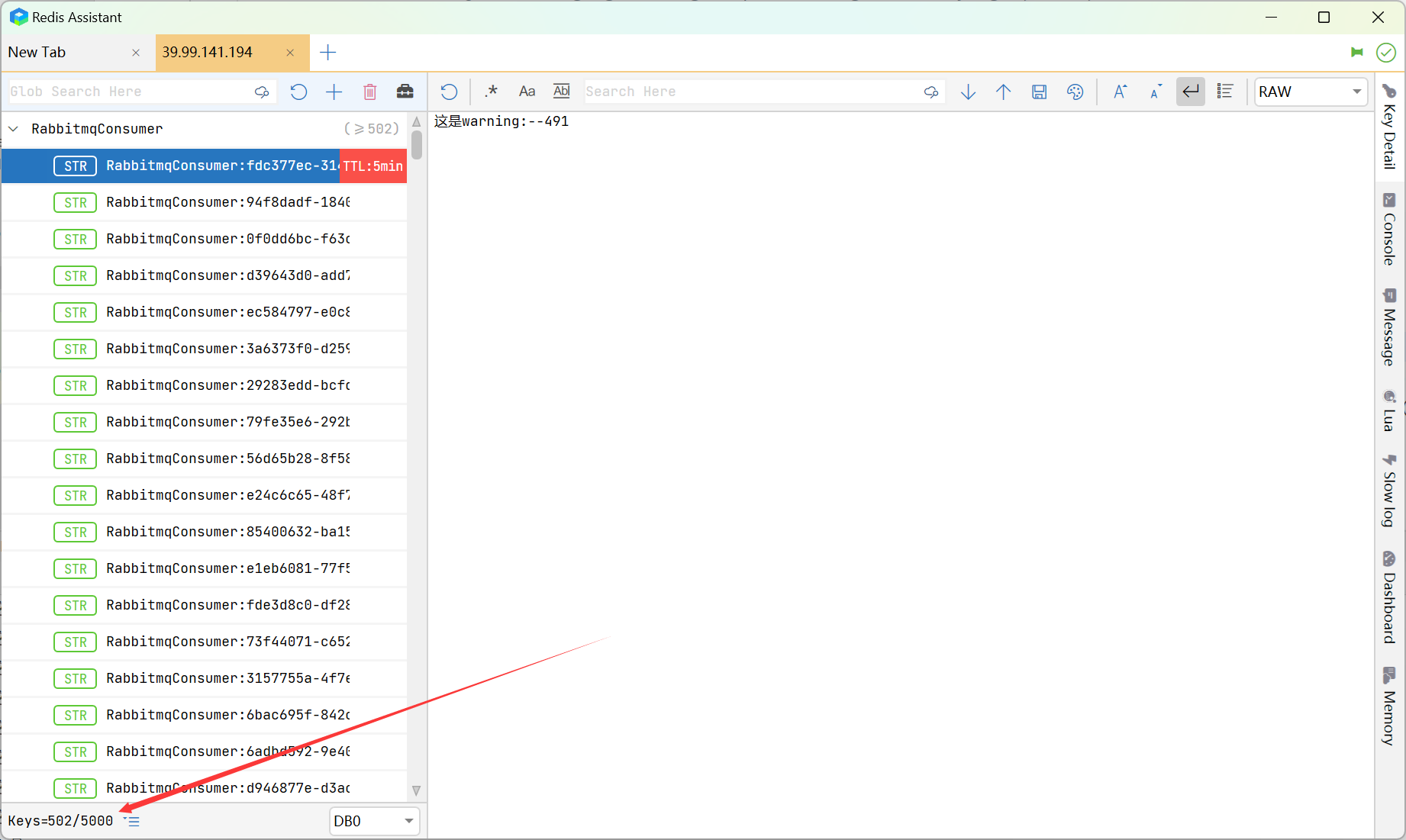


![[架构之路-96]:《软件架构设计:程序员向架构师转型必备》-6-需求与用户用例User Case/Senario建模](https://img-blog.csdnimg.cn/img_convert/8ff8e6fb05fc36ab0194fd5eeb7c15f6.png)
